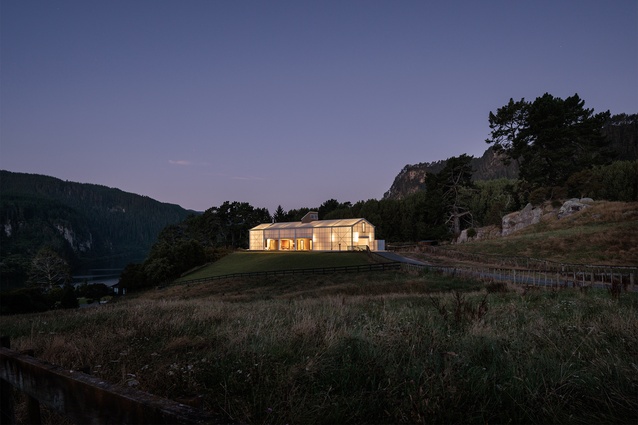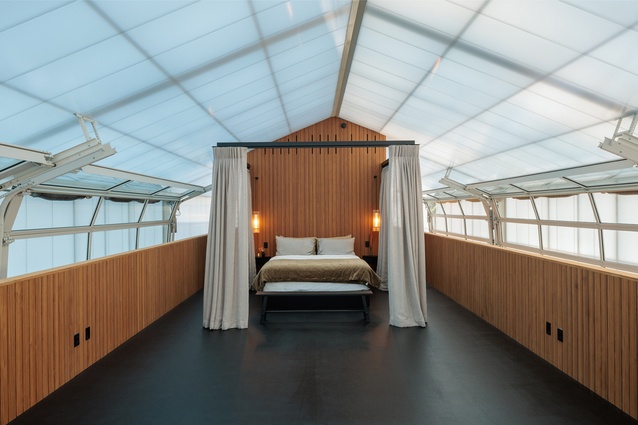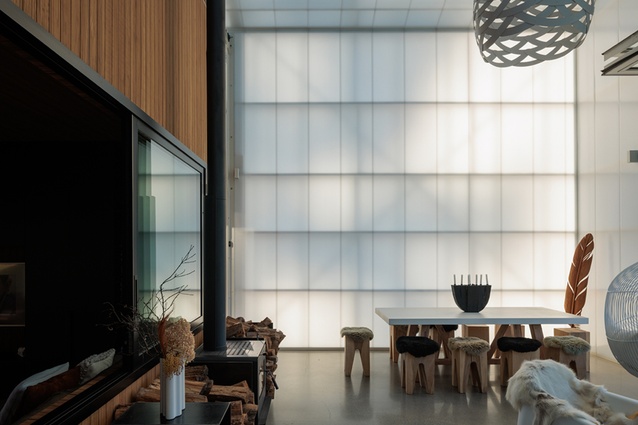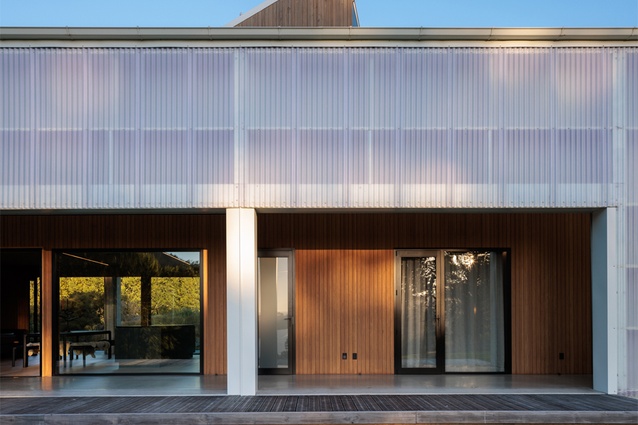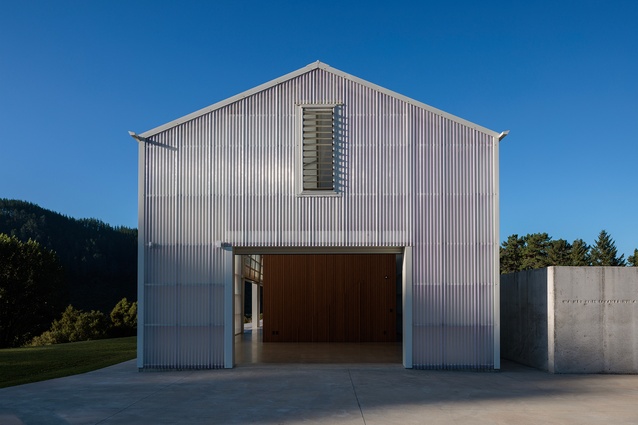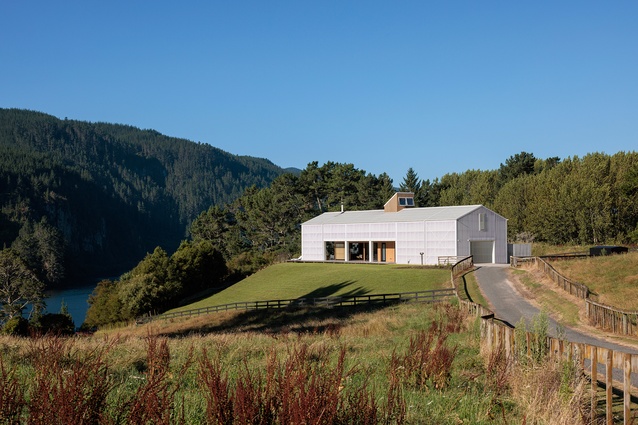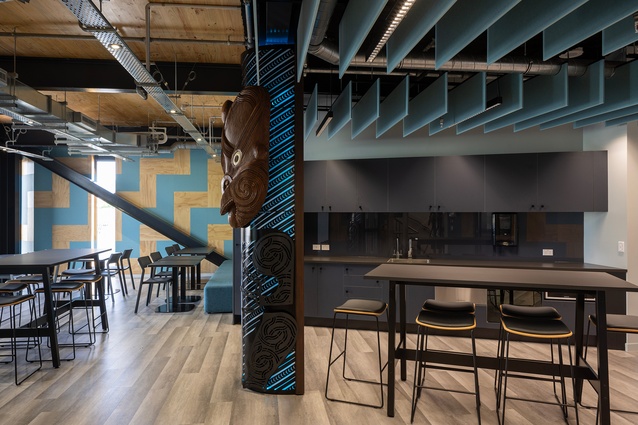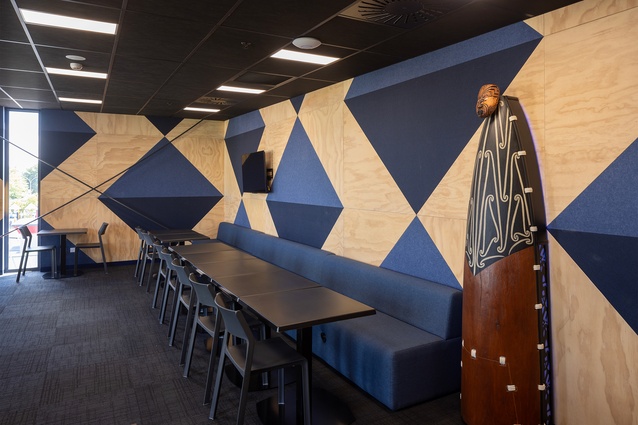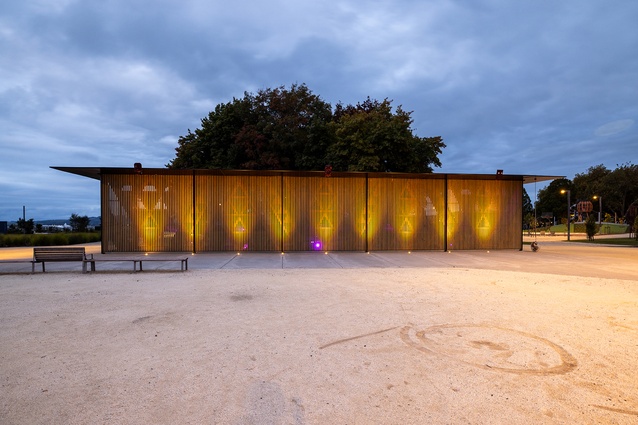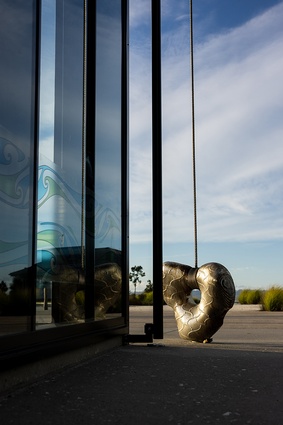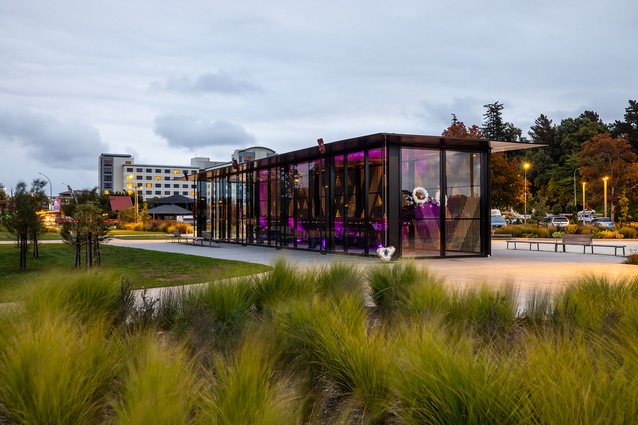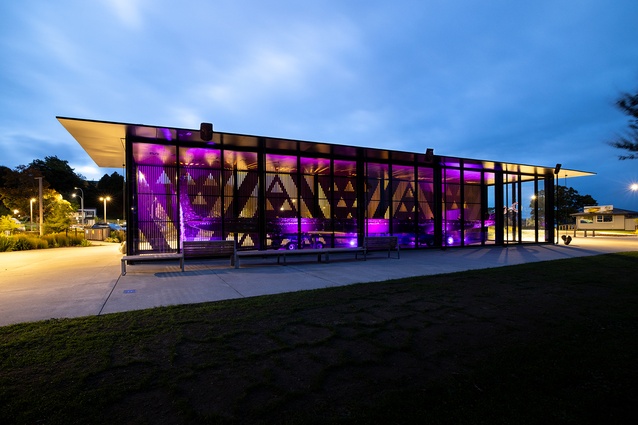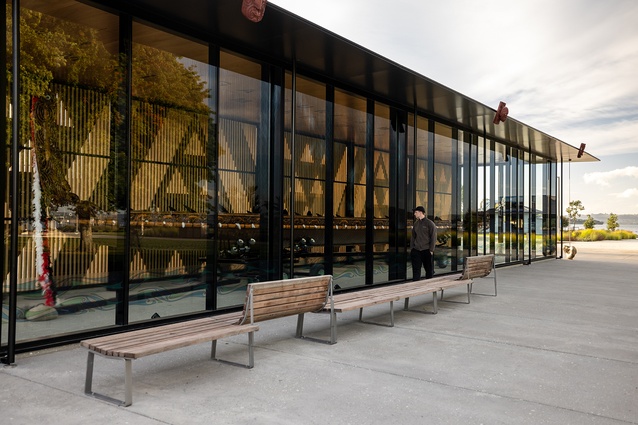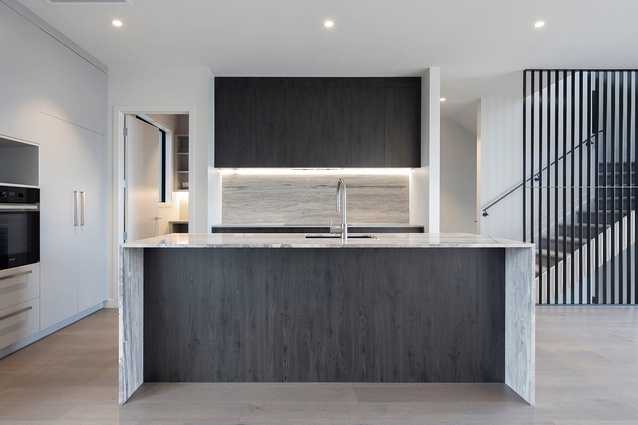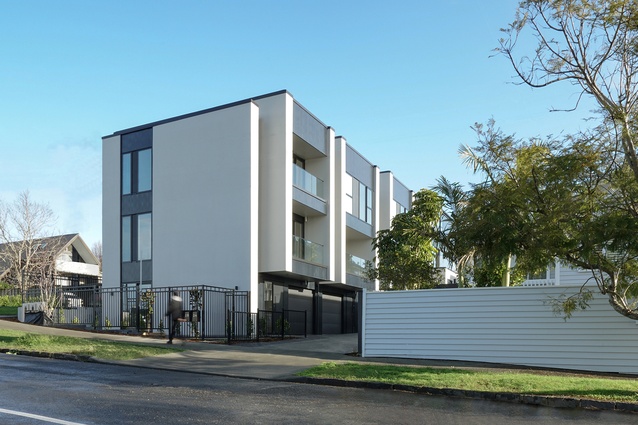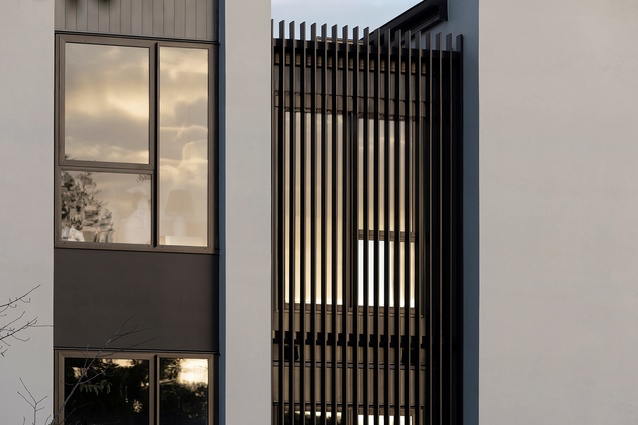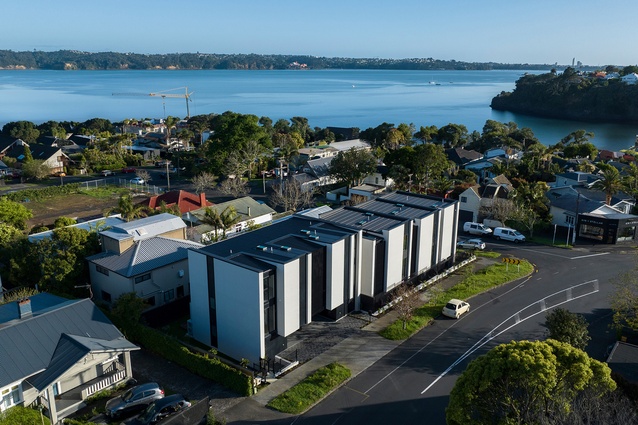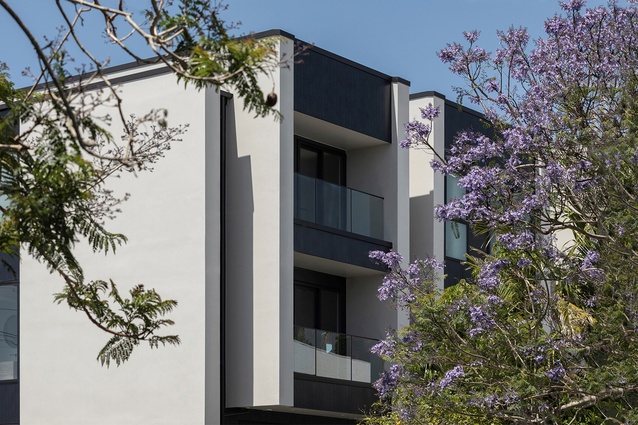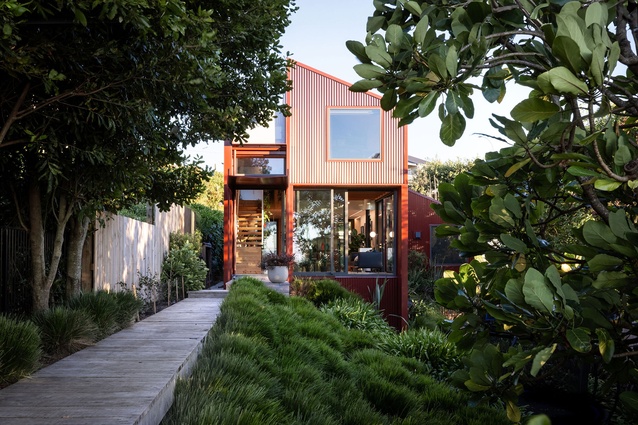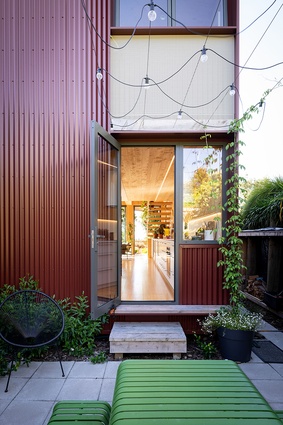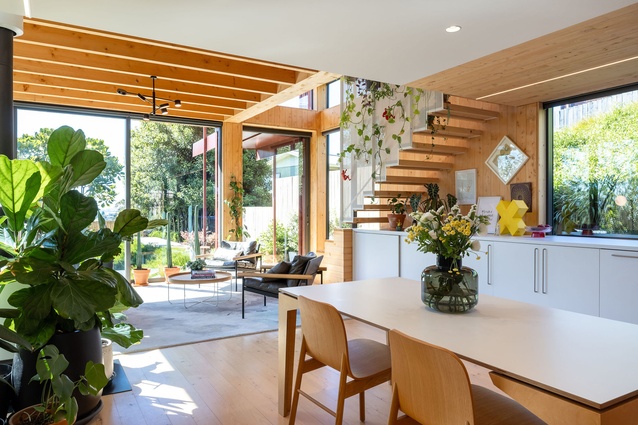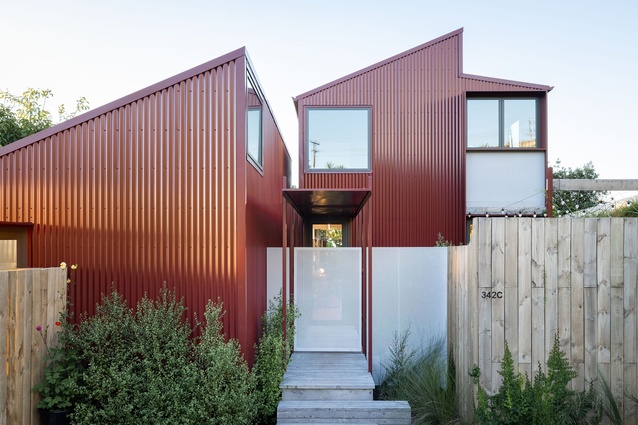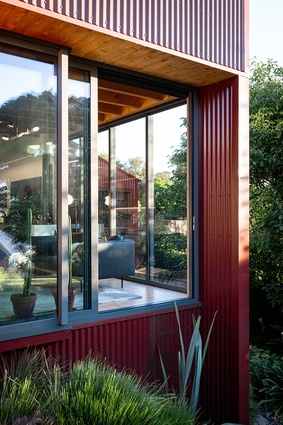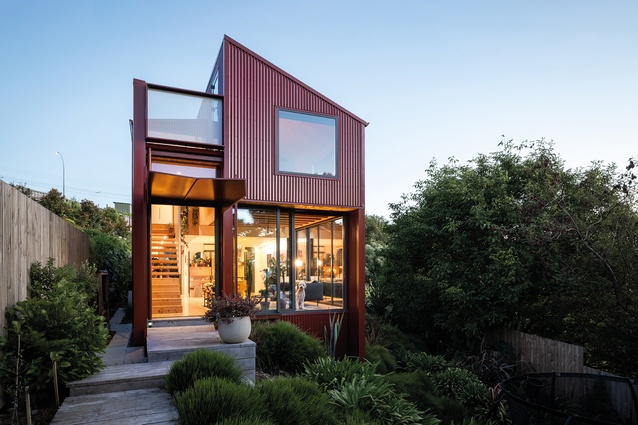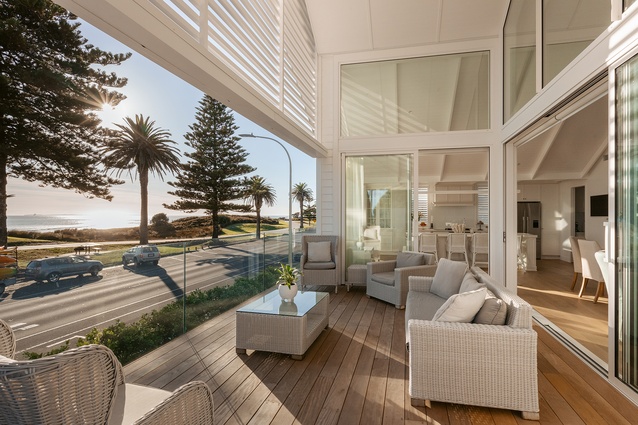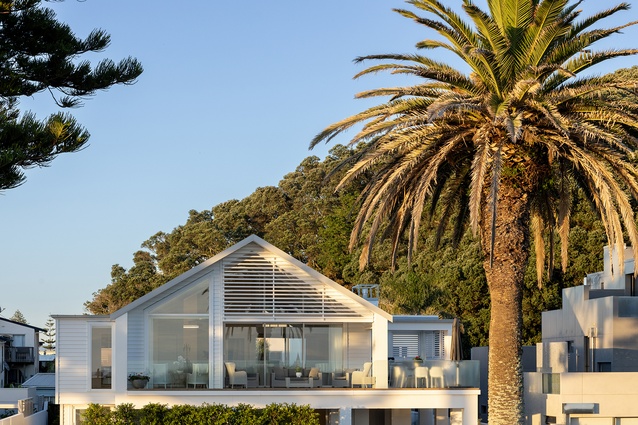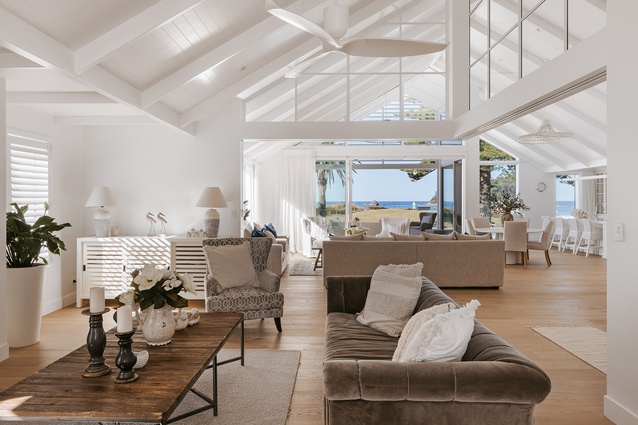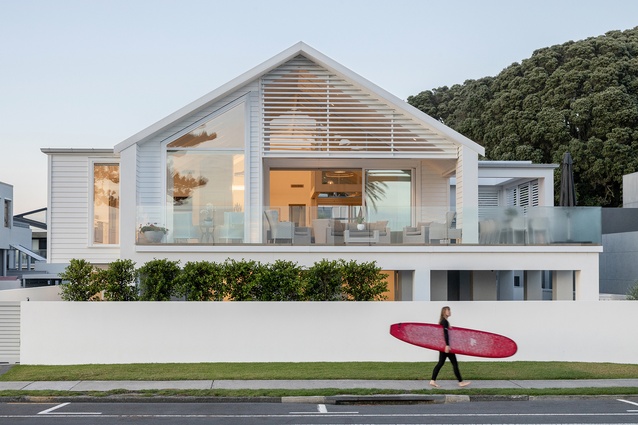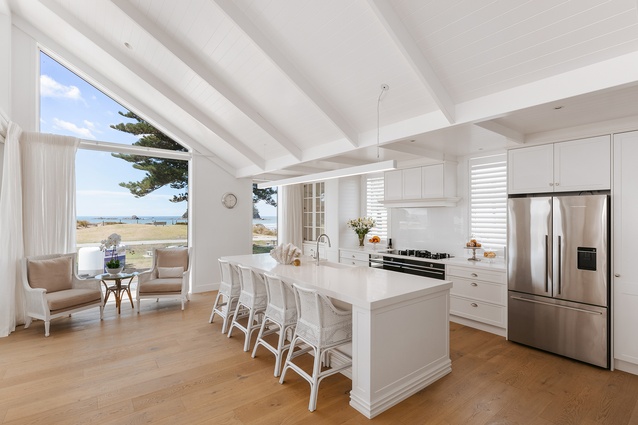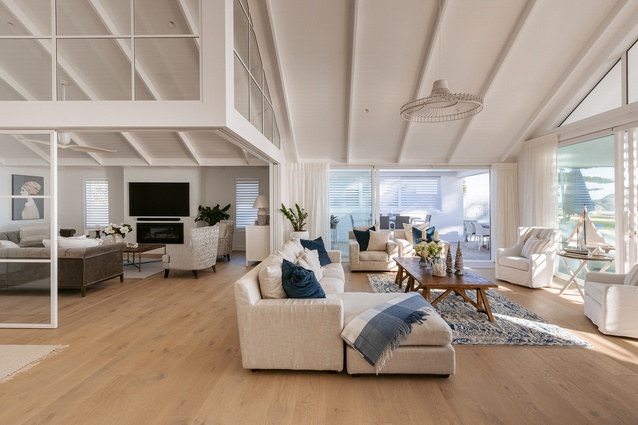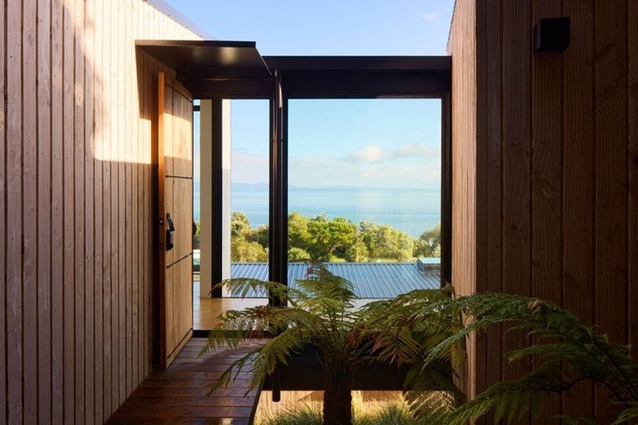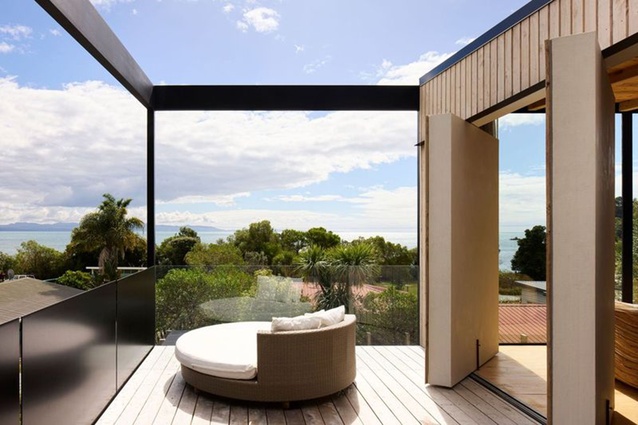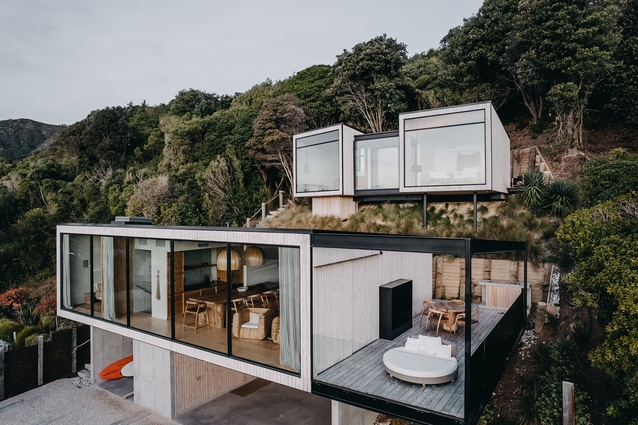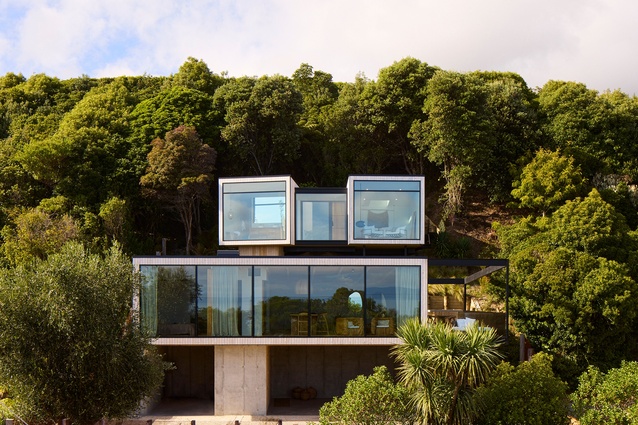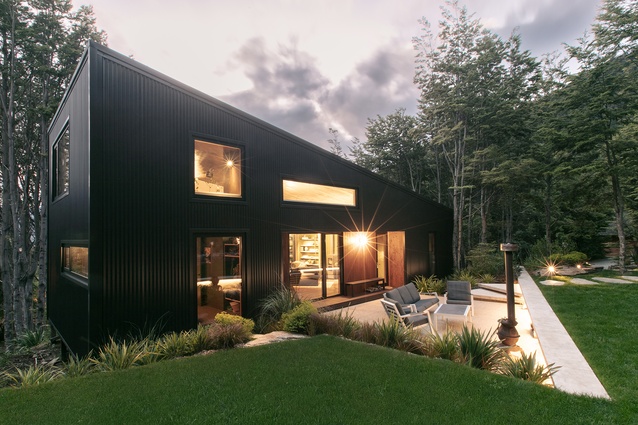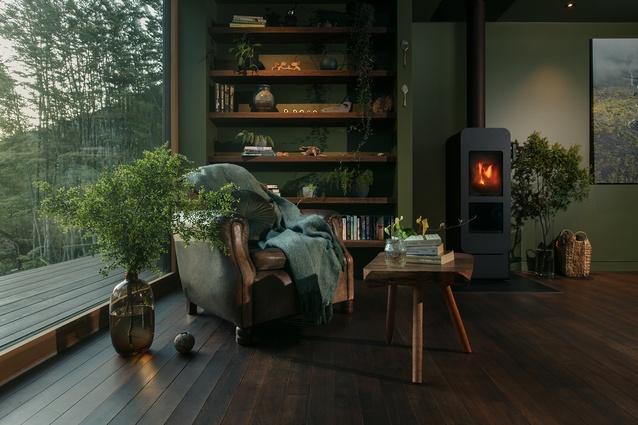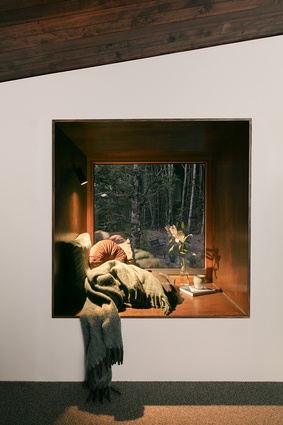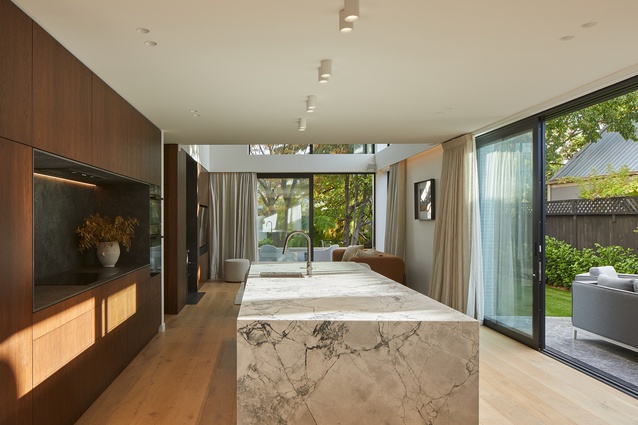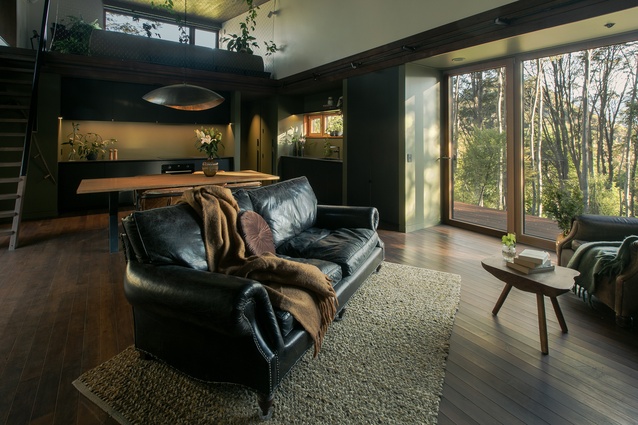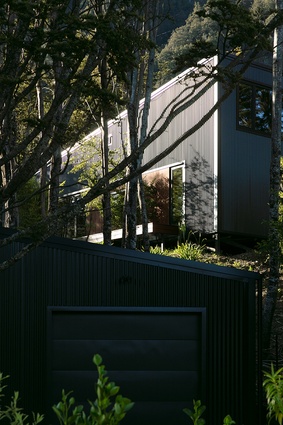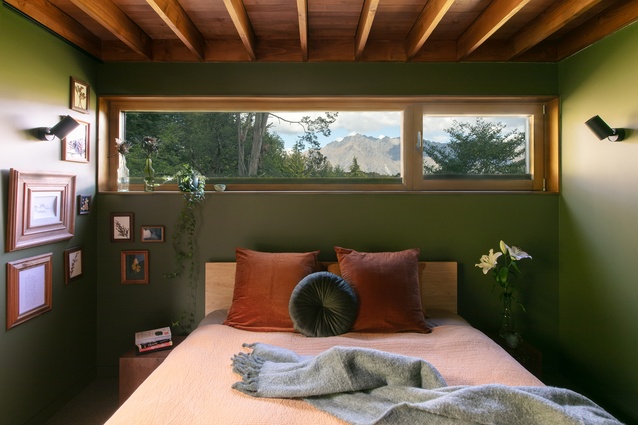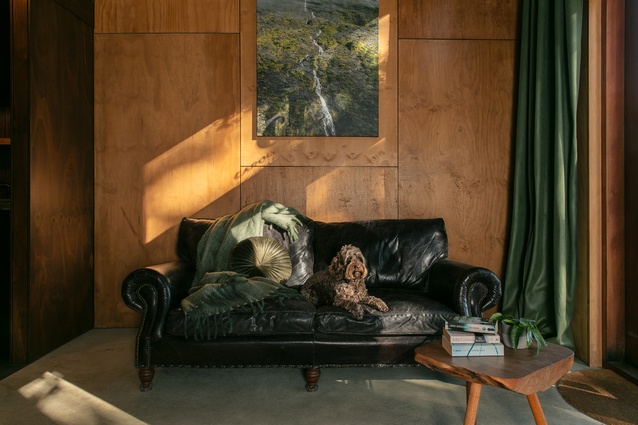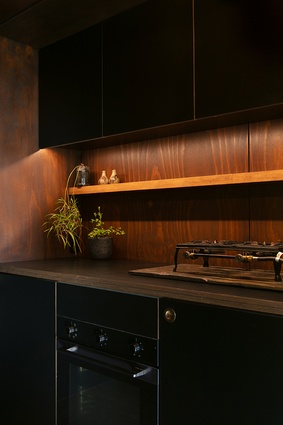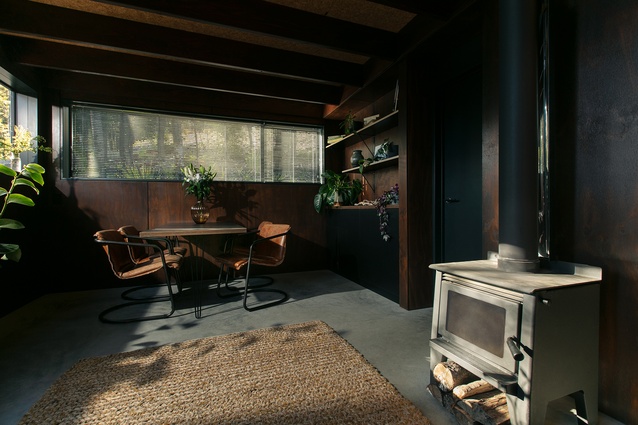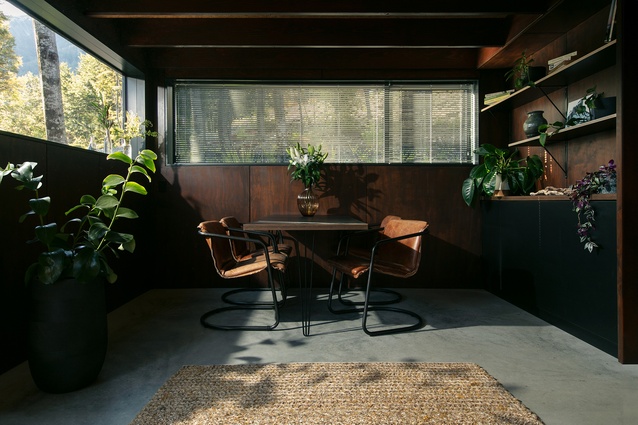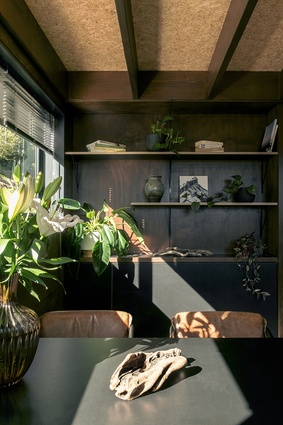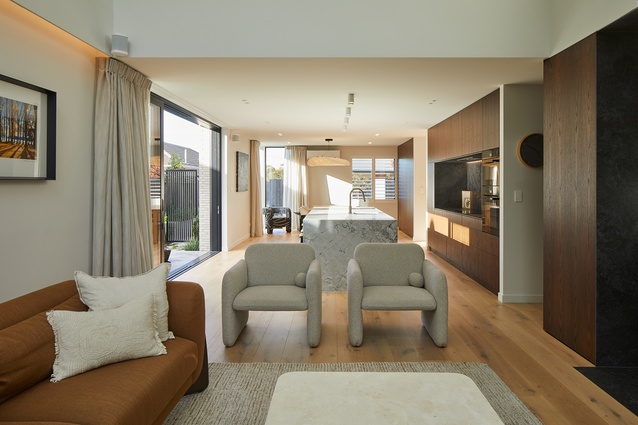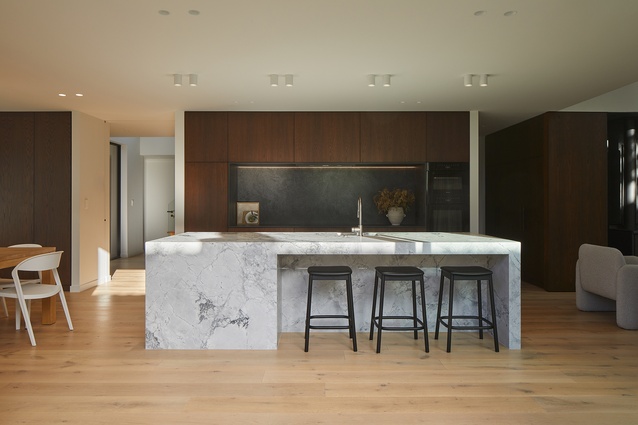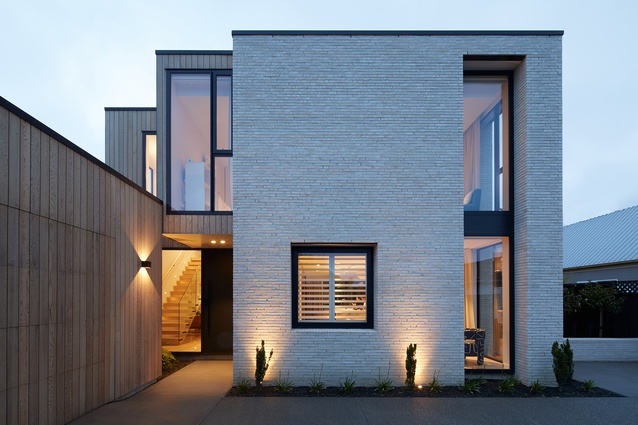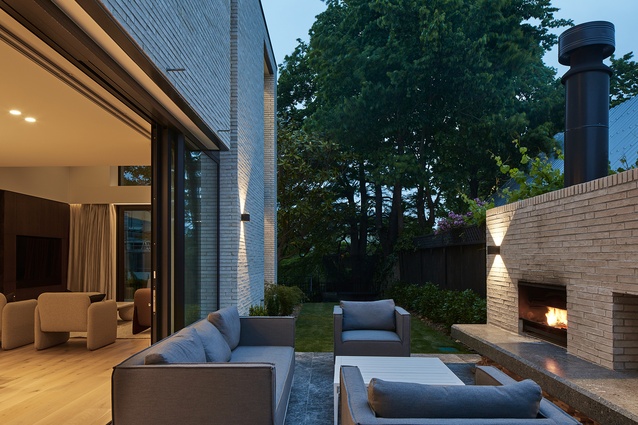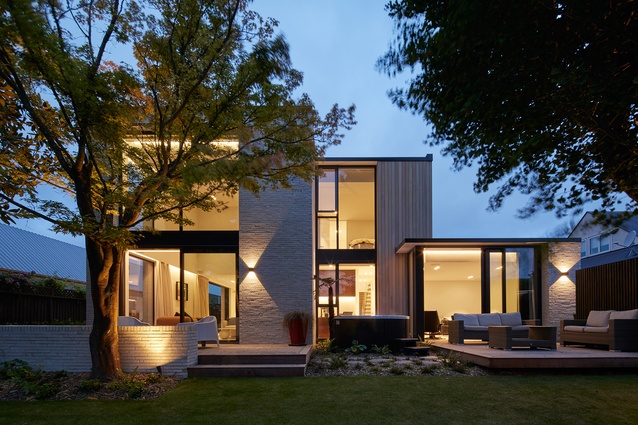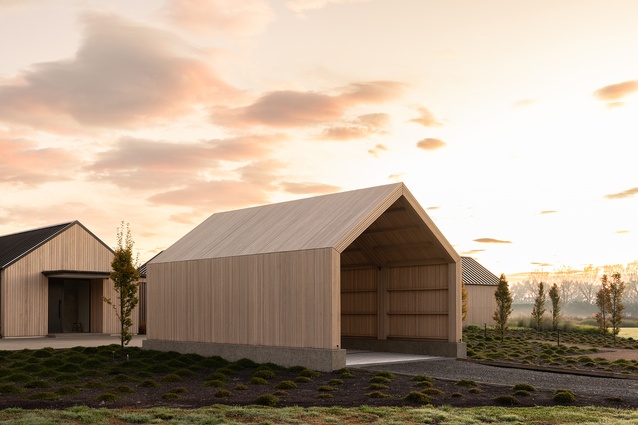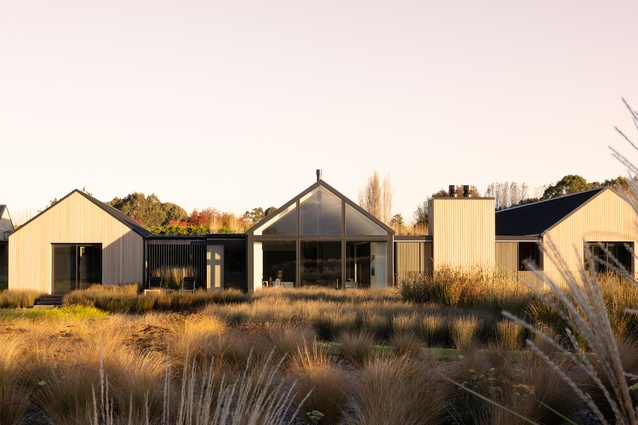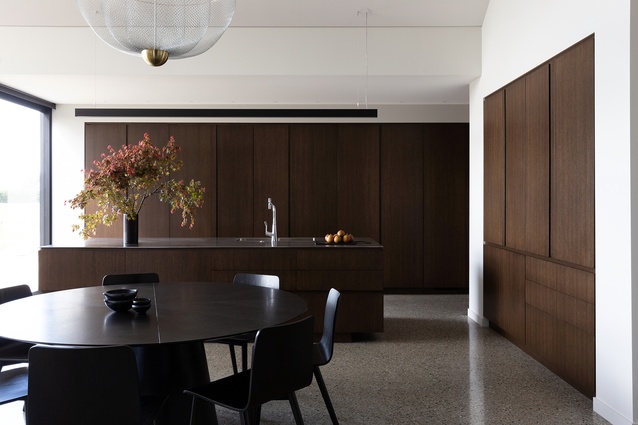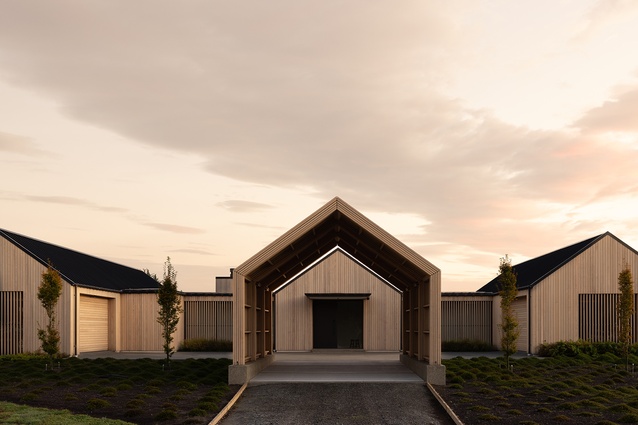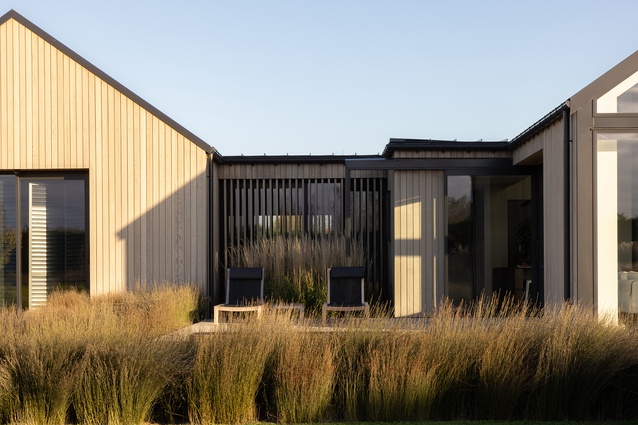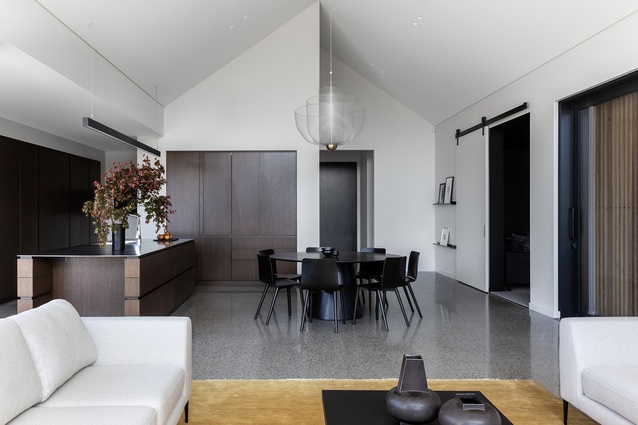ADNZ Awards: The country’s best revealed
The winners of the 2024 National ADNZ Resene Architectural Design Awards were announced on Friday 1 November at a ceremony in Rotorua. This year’s Supreme Award going to a family lodge fondly nicknamed ‘The Chodge’ in Waipamu Station, South Waikato, by Darryl Church of DCA Architects of Transformation.
National Supreme Award
A house within a house, ‘The Chodge’ “is an exploration and perhaps an obsession of the interstitial space”, says its designer Darryl Church, considering how you live when on holiday, and “the relationship with landscape and connection to a rural vernacular”.
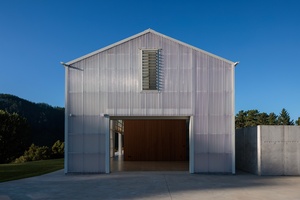
The vernacular in this case references the New Zealand woolshed archetype, with a point of difference in its translucent skin which controls heat gain and heat loss. The clear outer shell of the building also allows natural light in during the day for an immersive feeling of the outdoors, and at night becomes lantern-like, aglow with occupancy. Inside, this outer shell is an extruded wooden container “designed with Passive Haus principles, cave-like in contrast to the outer structure,” says Church.
This year’s judging panel consisted of Craig South, Stacey Farrell, Mark Southcombe and Brooke Calvert from Resene. The judges described the holiday home as “remarkable” and “a beacon in the landscape”.
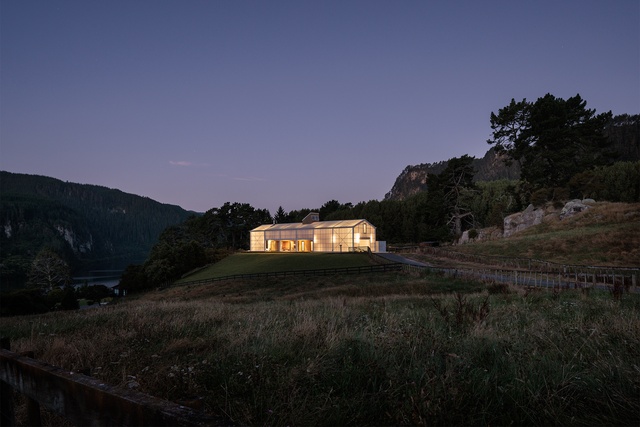
“It seamlessly integrates elements of the rural vernacular into its design, creating a harmonious blend of traditional aesthetics and modern functionality. By day, its corrugated steel shed-like exterior pays homage to agricultural structures commonly found in rural settings, while by night, it transforms into a vibrant form, glowing warmly against the landscape. This design not only offers a unique living experience but also enhances connectivity with the surrounding environment. The use of large commercial roller doors further emphasises this connection, allowing the interstitial spaces to fully embrace the external environment and views, fostering a deep sense of openness and integration.”
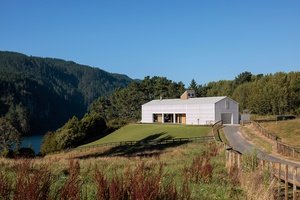
Keryn Davis, CEO of Architectural Designers New Zealand felt The Chodge was an outstanding and formidable project.
“Escapism is the idea of any holiday home, and this exquisite design by Darryl Church embraces the principle wholeheartedly. Glowing and glorious, it stands so purely on the land. Not only a great piece of architectural work, but it is also clearly a place of intrigue and comfort to inhabit. It embodies the essence of an elegant shed. Congratulations to Darryl on his incredible award win,” said Keryn.
The Chodge was also awarded the National Award for New Home between 150m² and 300m² and a National Award for Home Interiors.
In total, ten designers were awarded National Awards. They are located across the country. The winners are:
Darryl Church, DCA Architects of Transformation for The Chodge
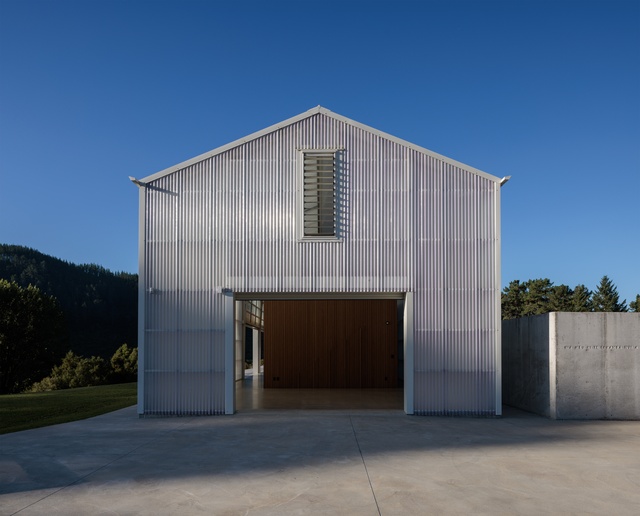
Judges said: “It seamlessly integrates elements of the rural vernacular into its design, creating a harmonious blend of traditional aesthetics and modern functionality. By day, its corrugated steel shed-like exterior pays homage to agricultural structures commonly found in rural settings, while by night, it transforms into a vibrant form, glowing warmly against the landscape. This design not only offers a unique living experience but also enhances connectivity with the surrounding environment. The use of large commercial roller doors further emphasises this connection, allowing the interstitial spaces to fully embrace the external environment and views, fostering a deep sense of openness and integration.”
Werner Naudé, DCA Architects of Transformation for Te Rito o Manaaki Ora

Werner Naudé of DCA Architects of Transformation won the National Award for Commercial Architecture and the Resene Colour in Design Award for ‘Te Rito o Manaaki Ora’, Manaaki Ora Trust’s new counselling facility.
Darryl Church, DCA Architects of Transformation for Whare Waka
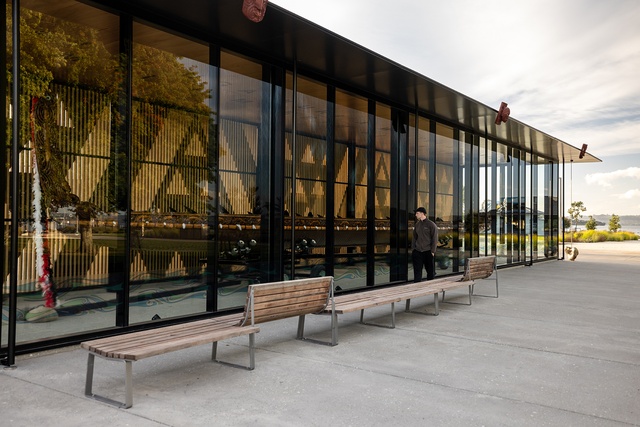
Darryl Church of DCA Architects of Transformation won the National Award for Architectural Spaces and Structures for his work on the ‘Whare Waka’ shelter that houses the Te Arawa taua (war canoe), created in 1989 by master carver Lyonel Grant for the Waitangi centenary celebrations.
Dian Tang, X Studio Architects for Kōtare Rise

The winner of the 2024 ADNZ Resene Architectural Design Multi-Unit Housing Award was Dian Tang of X Studio Architects for ‘Kōtare Rise’ in Westmere, Auckland. Kōtare Rise Terraces comprises three-story townhouse units tailored for contemporary families seeking a downsized living experience within a suburban setting. Nestled in the peaceful neighbourhood of Westmere, the development prioritises panoramic views from living spaces and master bedrooms, providing residents a serene outlook onto Cox’s Bay.
Steven Chambers, Stufkens+Chambers Architects for House on a Hill
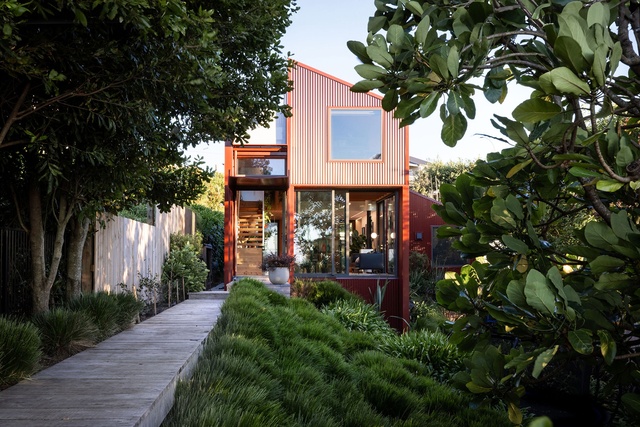
Judges said: “Seamlessly integrating two distinct forms, the design artfully follows the trajectory of the old farm track, harmonizing with its rural context while establishing a unified architectural expression. Within, a captivating timber interior radiates warmth and refinement, imbuing the living spaces with a serene ambience.”
James Mackie, Mackit Architecture for Mrs Blackwell’s Village Bookshop

James Mackie of Mackit Architecture won the National Award for Commercial Interiors and Fitouts for ‘Mrs Blackwell’s Village Bookshop’ in Greytown, Wellington. Judges said: “An immersive, sensory experience, the project blurs the lines between bookshop and exhibition space. Shelving and lighting have been carefully designed to create the experience of a storybook library, complete roaring fireplace, a rolling ladder, and a hidden door disguised as a bookcase.”
Jon McAlpine, Thorne Group Architecture for Mount Drury
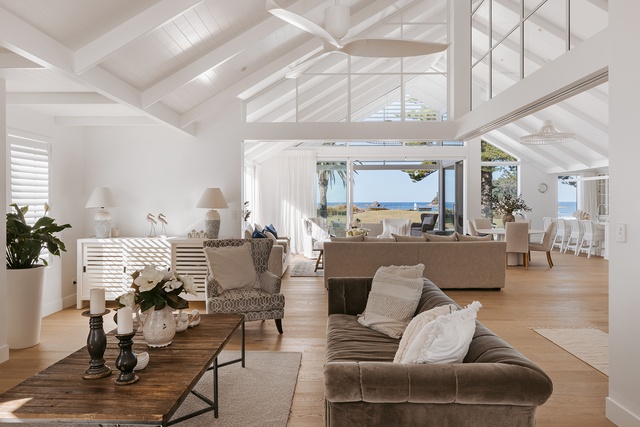
Jon McAlpine of TGA Ltd won the National Award for Residential Alterations and Additions for ‘Mount Drury’ in Mount Maunganui. A beach house renovation, the objective was to design a home that preserved the relaxed beach aesthetic, while accommodating the client’s large extended family. It had to be practical, liveable, and environmentally conscious.
Greg Young, Young Architects for Ligar Bay Bach

Judges said: “This home boasts a very strong, elaborate form, elevated above the neighbouring homes and seamlessly integrated within its natural setting. Its distinct modules create a hierarchy of spaces, each offering breathtaking sea views, ensuring every part of the home enjoys a unique connection to the surrounding landscape.”
Carolin Friese, CF Architecture for Tall Tree House
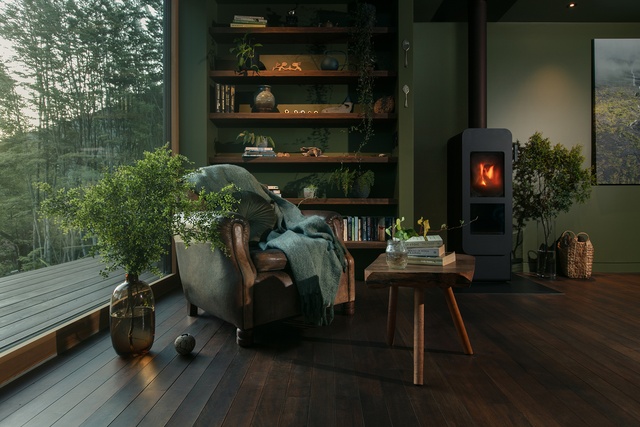
Carolin Friese of CF Architecture in Otago won a total of three awards for two projects. She won the National Award for New Home up to 150m² and the National ADNZ Resene Kaitiakitanga Award for ‘Tall Tree House’. Carolin also won the National Award for Home Interiors for ‘The Cove’. Both projects are located at Mt Creighton.
Carolin Friese, CF Architecture for The Cove
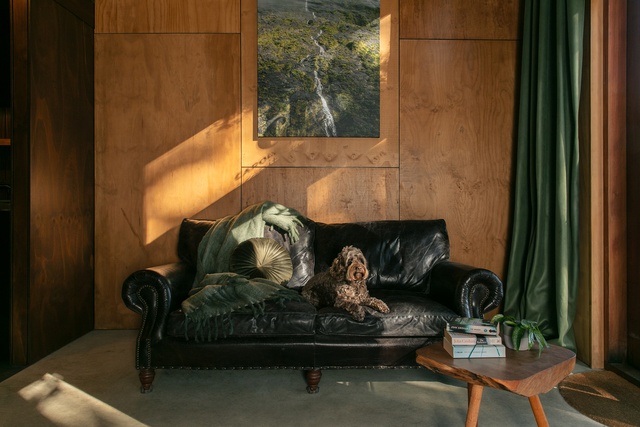
Judges said: “It integrates a judicious use of materials, combining modesty with meticulous attention to detail throughout the design. A centrally located double-height living area creates a tall, elegant volume despite the compact footprint. Every square metre is optimised for function without compromising its visual qualities and atmosphere. This project is a little gem in the forest.”
Sam Connell, Figure & Ground for Kōtare Street
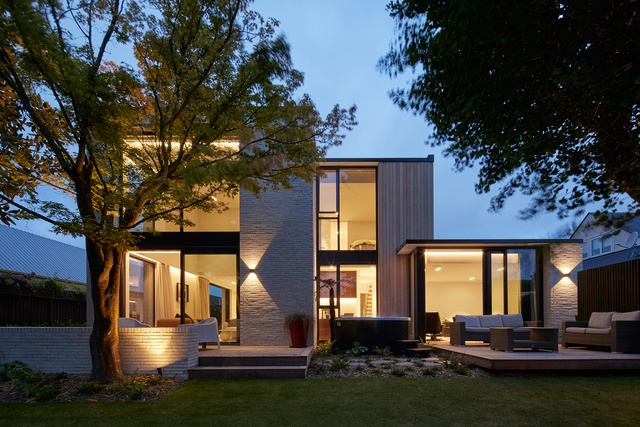
Sam Connell of Figure & Ground won the National Award for New Home over 300m² for ‘Kōtare Street’ in Fendalton, Christchurch. A contemporary residence situated on a compact lot, its façade exudes a minimalist charm, concealing the spacious and inviting open-plan interior that unfolds towards the tranquil stream at the rear.
Darren O’Neil, O’Neil + Architecture for Off-Grid House
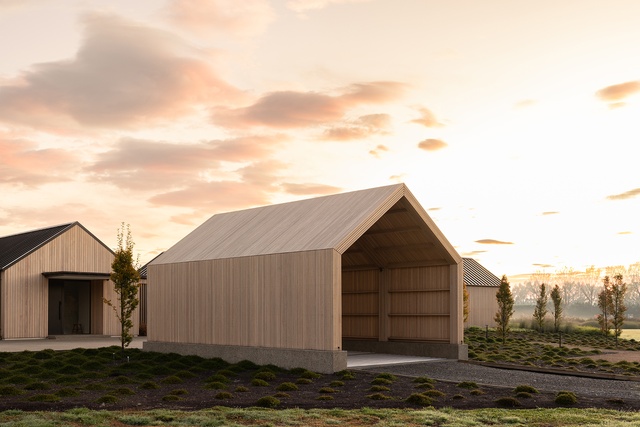
Judges said: “After the jaw-dropping entry experience through a simple arch, you experience meticulous attention to detail as you move through a richness of colours and materials in the spaces of this home. The simplicity of form and materials belies the sophisticated planning and design rigour that has gone into this project. Considering sustainability at every step from materials selection to their application demonstrates the home’s commitment to environmental responsibility without compromising on aesthetics.”

